Perk Up with 6 Tasteful Malaysian Drinks
Lighten your mood and rejuvenate your senses with 6 must-try Malaysian drinks!
Discover the authentic in Asian cuisine food
Around the World, Asian Pantry
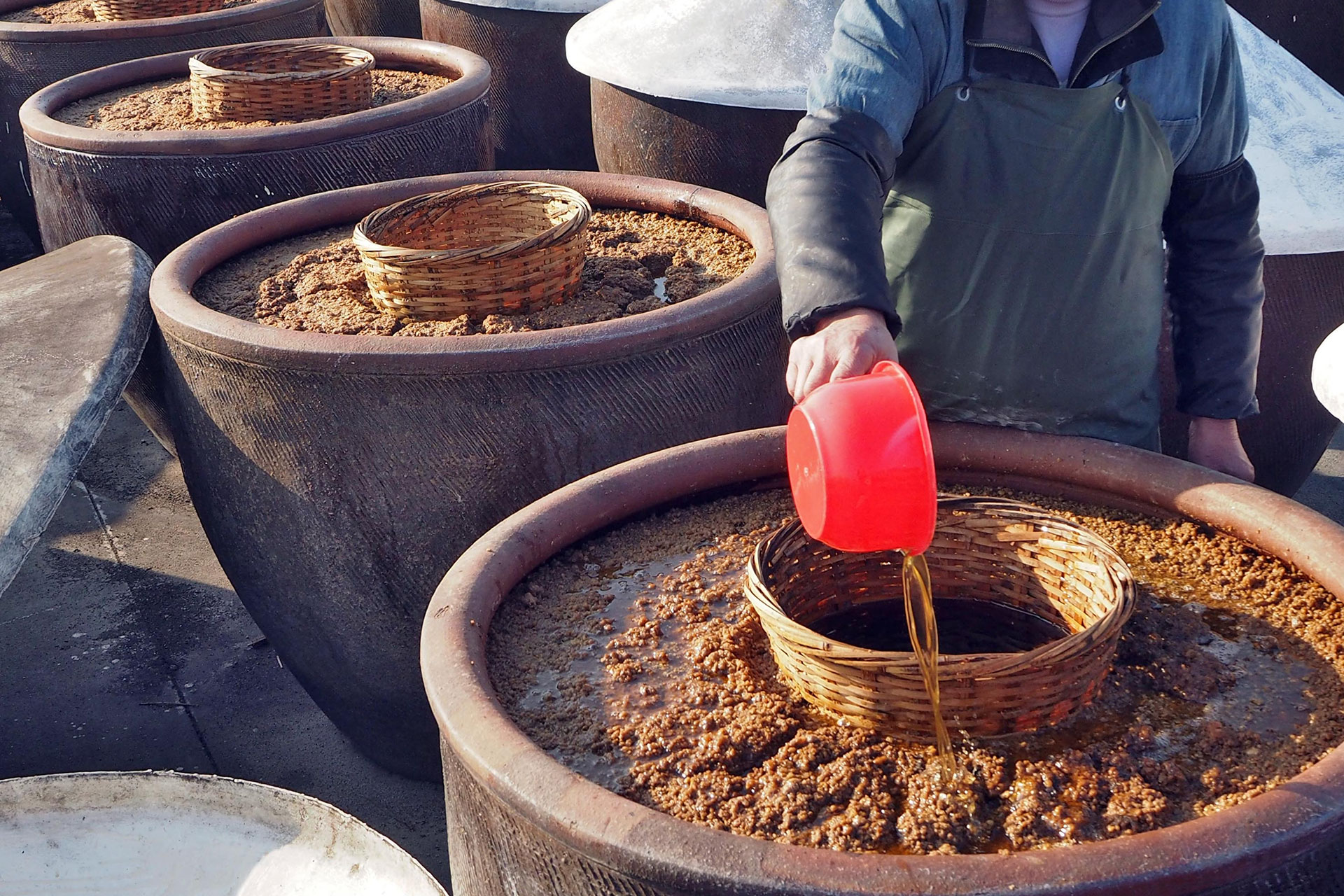
Soy sauce is the most common condiment and flavouring ingredient across all East Asian cultures. Yet not all soy sauces give the same salty, savoury boost. In fact, Chinese, Japanese and Korean soy sauces each have their own unique flavours that embody their cuisines’ signature tastes. And, learning the nuances between them can give your home-cooked goodies that yummy authentic oomph. So come taste the difference!
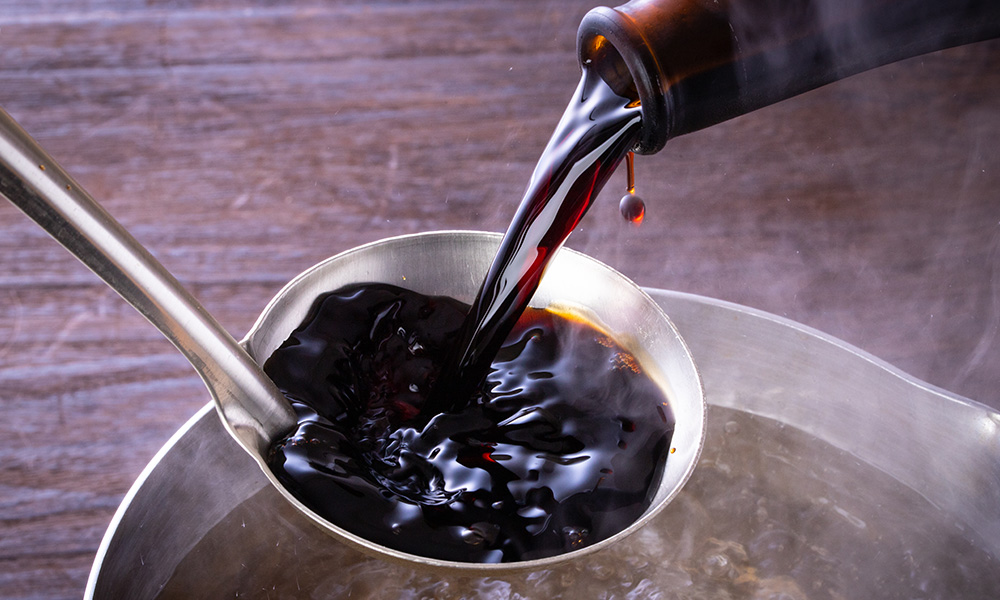
Chinese cooking is all about accentuating the natural flavours of your main ingredients, i.e. the meat, fish, seafood, or veggie in any given dish. Thus, Chinese soy sauces function more as a colouring than seasoning. ‘Light’ and ‘Dark’ actually refers to the colour each sauce gives to your dish. The savoury taste of Light Soy Sauce comes from 100% soybeans, brewed for weeks with brine and water. Dark Soy Sauce is made through the same process, but with added caramel for its distinctive colour, as well as sugar that tempers the saltiness.
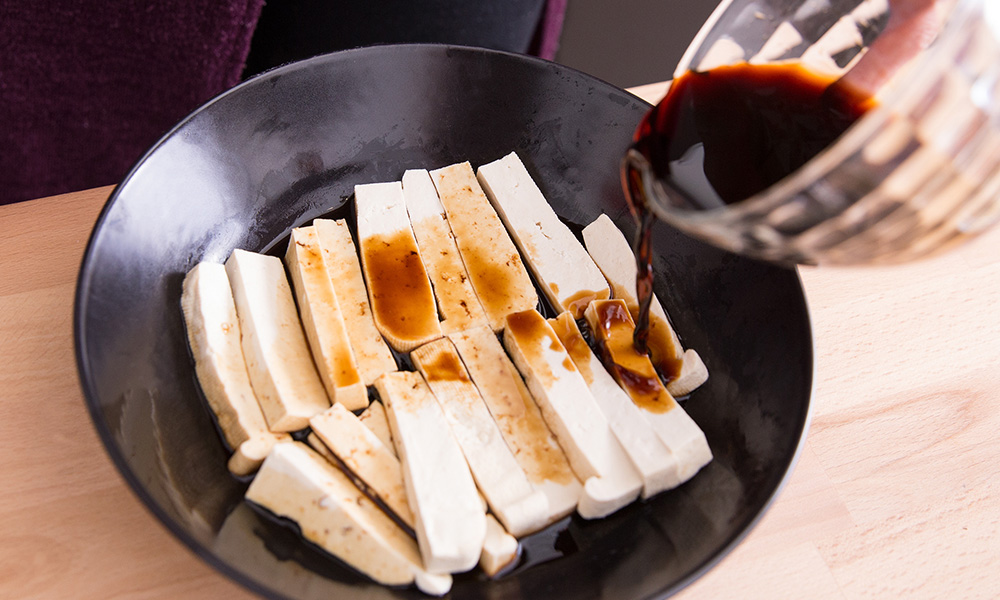
Light Soy Sauce is often the bolder, saltier variant, and is the base flavouring to cook with. While Dark Soy Sauce imbues a dish with a rich appetizing caramel tone and subtle sweet flavour, usually as an additional boost; mixed in towards the end of cooking a dish. Some Chinese recipes will feature both, but Light Soy Sauce is the more commonly used. If a Chinese recipe just says ‘soy sauce’, the Light variant is the go-to.
Chinese soy sauces’ bold savoury flavour typically sits between their Asian cousins, i.e. stronger than Japanese Shoyu, but less salty than Korean Ganjang.
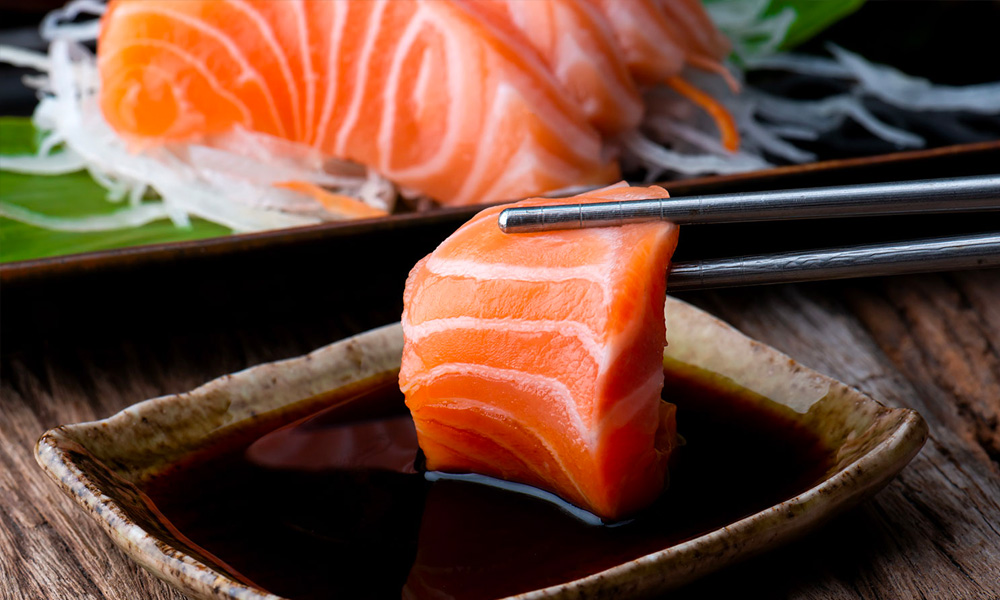
Rich yet delicate umami-ness is the essence of Japanese cooking. And so, Japanese Shoyu generally has a salty, sherry-like flavour and subtle earthy sweet tone – more refined and complex flavoured than other soy sauces. Made by first fermenting steamed soybeans and roasted wheat with Aspergillus mould, to make the Koji. Then blended with liquid brine into Moromi, left to brew for a minimum of 6 months, and finally pressed into Shoyu.
With slight alterations and additional steps to this basic process, comes the 5 common Shoyu variants. Koikuchi Shoyu or dark soy sauce is the most commonly used in Japanese cooking. Made with a balanced blend of soybean and wheat for a salty, sweet and mild tangy flavour. Come discover more variants with our deep-dive article on Shoyu.

Korean cuisine is typified by the strong bracing flavours that can instantly excite your taste-buds. Hence, their Ganjang is also the boldest among soy sauces, but with a near-amber colour rather than the light blackish tone of Japanese Shoyu and Chinese soy sauce.
There are 3 Ganjang variants:
Joseon Ganjang is the original Korean Soy Sauce, created over a thousand years ago during the Joseon imperial era. It has a rich, salty flavour and is typically used to yummify soups, banchan side-dishes and salads in Korean cooking. Made from brewing soybeans and saltwater, it’s actually extracted during the making of the Korean soybean paste, Doenjang. Joseon Ganjang is still made with traditional methods today, and the process is a highly-regarded art. The Food Grandmaster Ki Soon-do is among the most renowned Ganjang makers, with her own unique 360-year old family recipe. Come watch how she does it in this special feature.
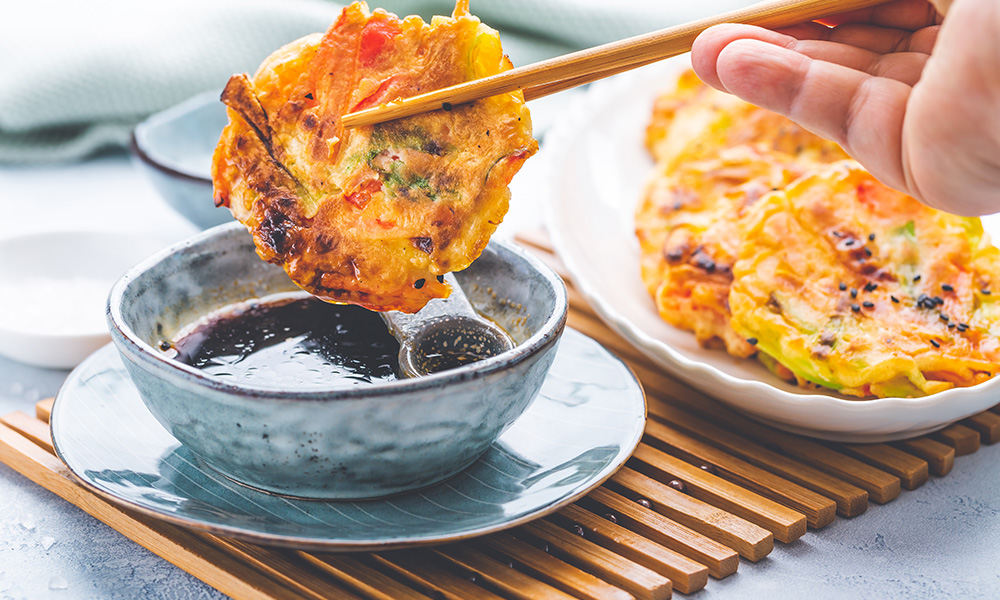
Yangjo Ganjang is an adaptation of Japanese Shoyu, and made with similar methods, i.e. brewing soybean and wheat in liquid brine; which gives it a savoury flavour and mild sweet tone. Best for seasoning stir-fries, grills and braised dishes, as well as a dip sauce.
Jin Ganjang is the cheaper version of Yangjo Gangjang. Made with a mix of traditional brew and modern chemical methods. Best enjoyed as a table condiment, but can also be used in recipes that call for a large ‘dose’ of soy sauce like marinades, or in slow-cooking such as braised dishes.
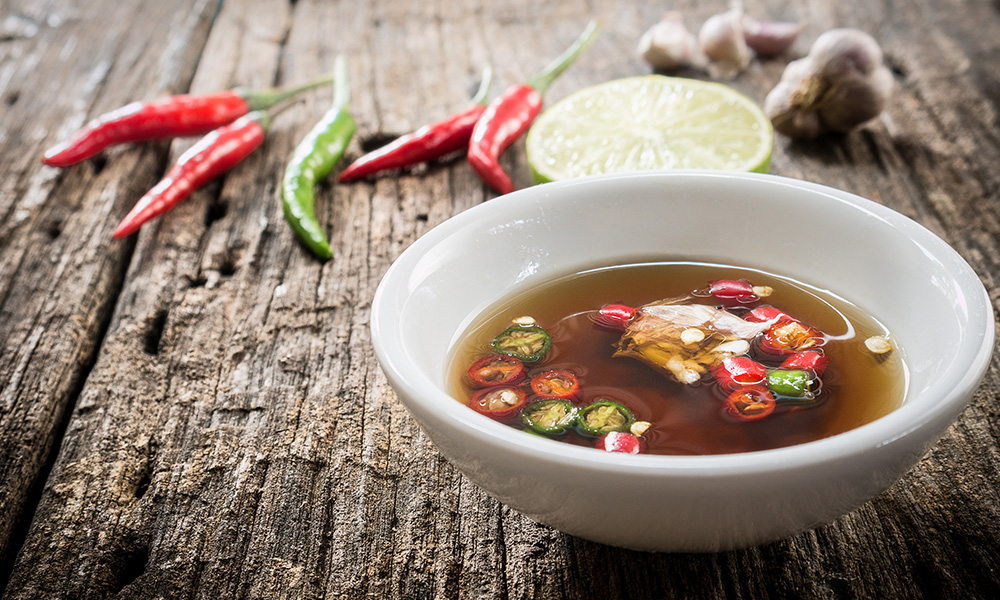
Unique sauces and seasonings are essential to every cuisine, and discovering their uses can enrich your home-cook experience. So, come learn more about the sauces and flavouring specials for authentic Chinese, Japanese and Korean cooking. Also check out the wonders of fish sauce, the Southeast Asian secret for umami flavours.

Lighten your mood and rejuvenate your senses with 6 must-try Malaysian drinks!

Pair your hearty barbecues with these refreshing Asian delights!

What are the properties of ginger, and how to pick, store and use ginger in your cooking? Find out here!